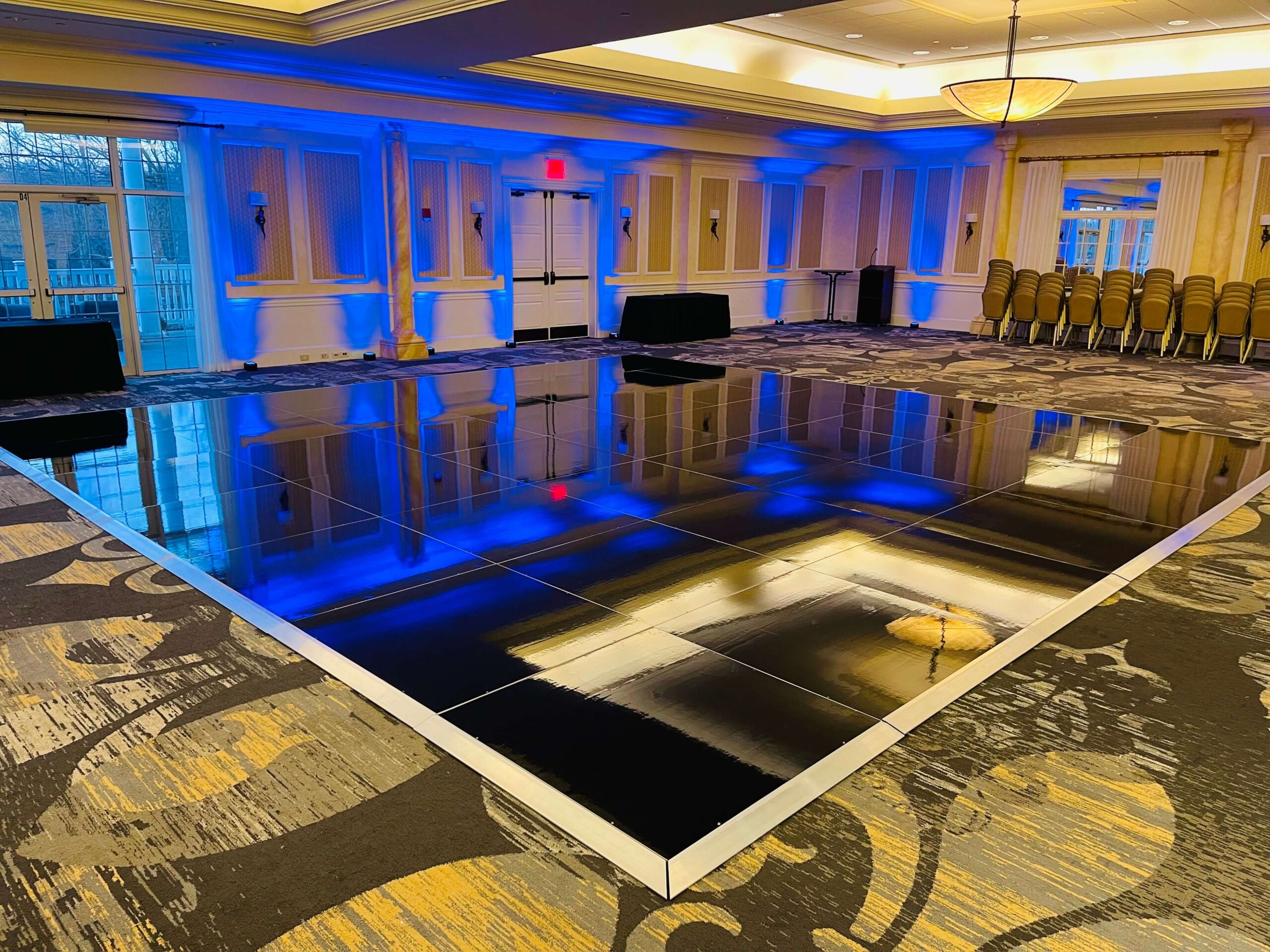A Revolutionary Strength of Luminance at Enhancing Dancing Floor Beauty
Wiki Article
Illumination plays a critical role in creating the environment of a dance floor. It can convert a basic space into an dynamic environment that boosts the overall encounter for dancers and audience alike. The right lighting can affect the vibe, energy, and even the type of the performance being executed. By using various types of lighting, such as focused lights, colored illumination, and strobe effects, event planners can create a lively setting that engages the spectators and encourages involvement.

One of the key functions of lighting on a dance floor is to highlight the performers. Spotlights can be used to focus attention on individual dancers or groups, making them the center of attraction. This technique not only displays their movements but also adds a layer of drama to the performance. When dancers are illuminated effectively, their facial expressions and skills become more apparent, allowing the spectators to value their abilities. This targeted lighting can also help to establish a narrative, guiding the audience through the show.
In furthermore to showcasing performers, colored illumination can significantly affect the mood of the dancing area. Various colors elicit varied feelings; for instance, warm colors like crimson and amber can generate a sense of excitement and energy, while cooler colors like blue and green can promote calmness and relaxation. By thoughtfully using colored illumination, organizers can manipulate the environment to align with the concept of the occasion or the type of the performance. This considerate approach to lighting design can enhance the overall experience for everyone involved.
Flashing lights and other active lighting features can also add thrill to web a dancing area. These effects can create a sense of rhythm and movement that matches the soundtrack being performed. When timed with the beat, strobe lights can make the dance floor feel alive, inviting dancers to groove in sync with the flashing lights. This interaction between light and music can boost the vitality of the event, making it more enjoyable for both performers and spectators. The use of such effects requires thoughtful consideration to ensure they improve rather than distract from the performance.
Ultimately, the complete setup of the lighting setup is essential for creating a unified look on the dancing area. A carefully planned lighting strategy considers the configuration of the space, the type of performance being executed, and the spectators' experience. By integrating different lighting methods, such as background lighting, accent lighting, and special effects, planners can create a aesthetically impressive environment. This attention to detail not only enhances the performance but also creates a memorable impression on the audience, making the occasion unforgettable. In conclusion, the transformative influence of lighting is essential in improving dancing area appearance, creating an engaging and enjoyable encounter for everyone.